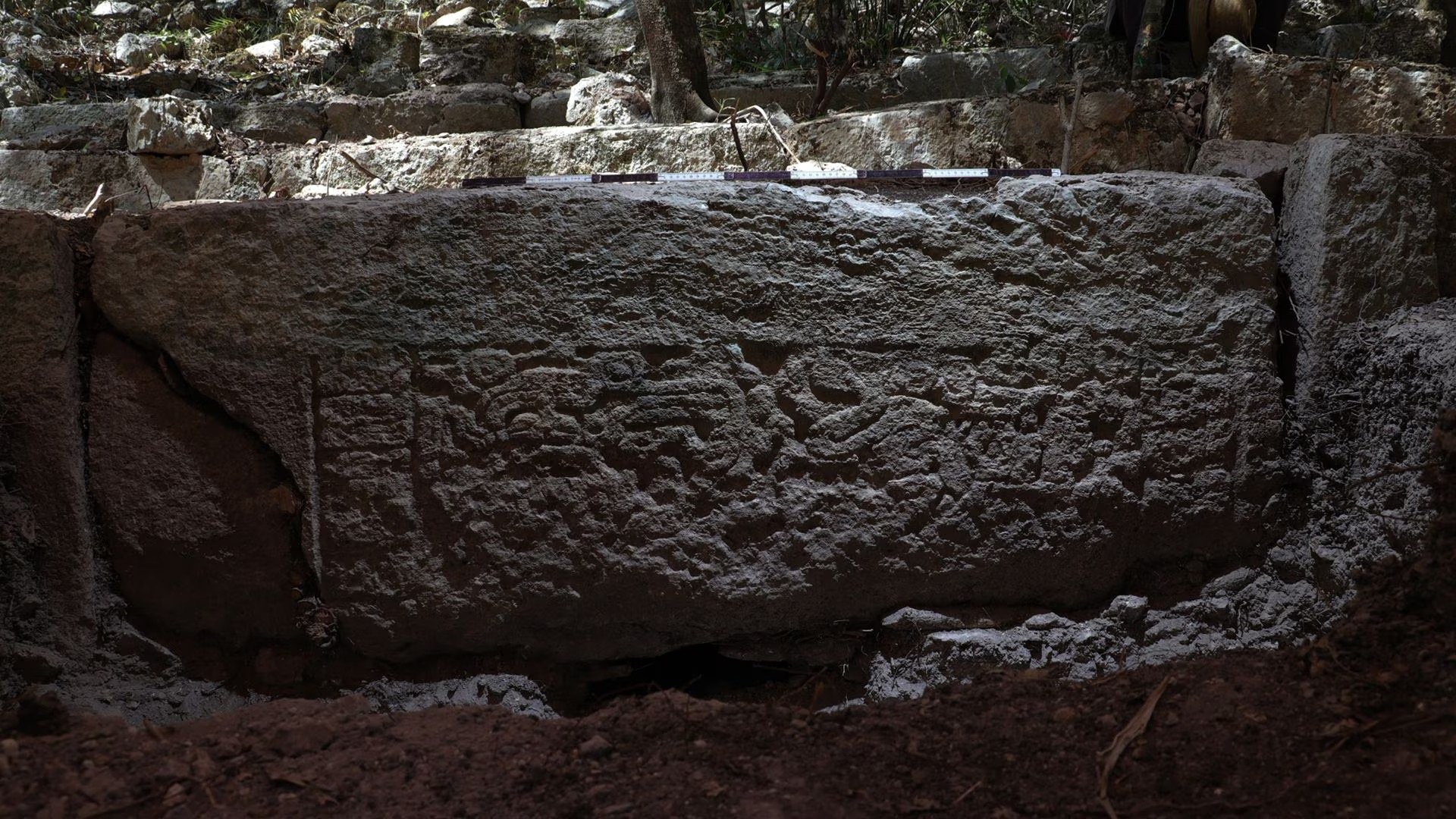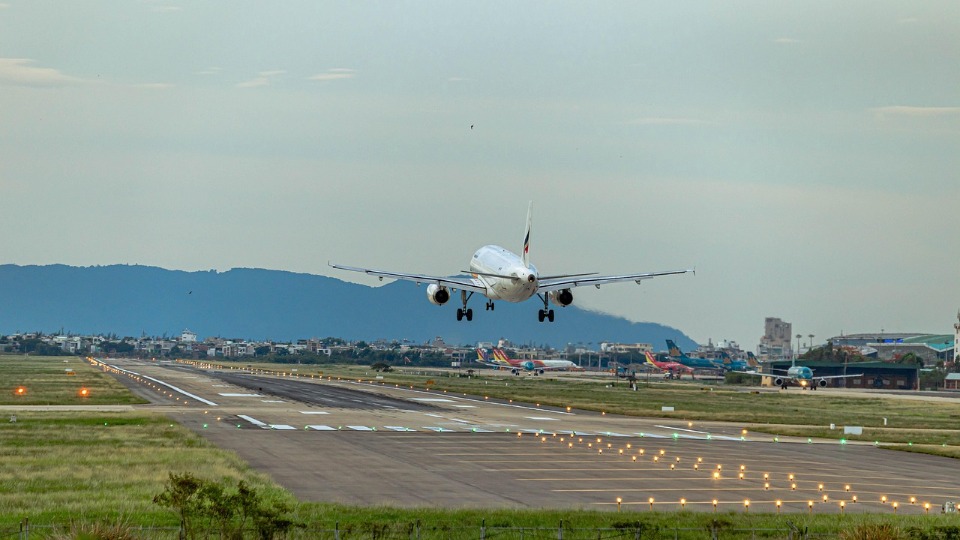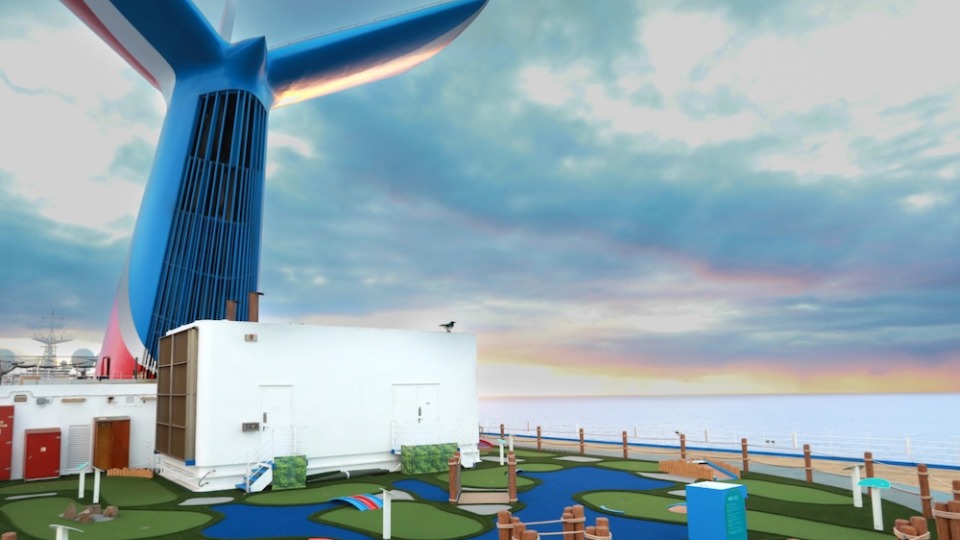
Ocomtún – The Recently Found Ancient Maya City

Archaeologist Ivan Šprajc has been digging up ancient settlements on the Yucatán Peninsula in Mexico.
Nearly 30 years have passed since Šprajc began carving his way through the dense jungles of the Yucatán Peninsula in search of ancient Maya towns. And now everyone is talking about his new finding.
A metropolis named Chactún, inhabited by forty thousand people in the eighth century, was discovered in 2013 by the team headed by the Slovenian archaeologist who had been searching for it since it disappeared in the jungle. Lagunita and Tamchén, two more fascinating Mayan town, were found by the same archaeologists one year later.
However, the most recent finding by Šprajc is now receiving widespread media coverage, as the archaeologist and his colleagues had recently discovered, deep inside Mexico's Balamk Ecological Conservation Zone, the ruins of an old, deserted Maya metropolis, complete with multiple pyramid-shaped constructions towering more than 15 m.
In honour of the numerous spherical columns that could be seen around the town, he gave it the name Ocomtún (which translates to "stone column"). Analysis of the pottery found at the site suggests it was most actively used between the years 600 and 800 CE.
During its heyday between 200 and 900 CE, the Maya reigned over most of Central America and is often regarded as one of the finest civilizations in the Western Hemisphere. However, even after a century of research into the Maya, one major mystery persists: what became of their vast cities?
Once enormous Mesoamerican metropolises built with extremely advanced technology and engineering capabilities unexpectedly broke apart in the 8th and 9th centuries when the Maya began abruptly leaving them. Conflict, prolonged droughts, soil degradation, climatic change, or some combination of these have long been hypothesized as possible causes, but Šprajc noted that by the year 1000 CE, nearly all of the settlements in the central and southern Yucatán Peninsula had been left behind,
Particularly in the under-explored central Yucatán Peninsula, the recovery of every new ancient Maya city provides vital evidence about how the Maya people lived and what triggered the rapid demise of the civilization approximately 1,200 years ago.
"We knew there was something quite important there, but we couldn't imagine what, exactly, we'd find. When we got there, our suspicions were confirmed: architecturally, it was truly massive. So, it's clear this must have been a politically important centre," Šprajc commented upon his discovery.
The metropolis was elevated above the surrounding marshes and consisted of a "monumental nucleus" that was more than 50 hectares in size. The researchers discovered not just pyramids and stone columns, but also altars, three plazas with houses, and a ball court used by the ancient Maya. The northwestern part of the city is marked by a massive acropolis, 80 meters in height, on top of which stands a pyramid that is 25 meters higher than the surrounding landscape. Two further pyramids, each measuring 15 meters in height, can be found just south of the site.
Dr. M. Kathryn Brown, a famous Maya historian and anthropology professor at the University of Texas at San Antonio, called the uncovering "extremely interesting." In his opinion, the find demonstrates Lidar's ability to unearth large sites and disclose crucial data about the structures and urban planning.
The actual importance of Ocumtún may not be in its size, but in the information it provides regarding the timing and motivations for the widespread Maya migration from the coast to the interior.
This is yet to be investigated starting next year’s March, when Šprajc will return to the Yucatán in quest of new information about a civilization that was never really gone.
source: bbc.com








